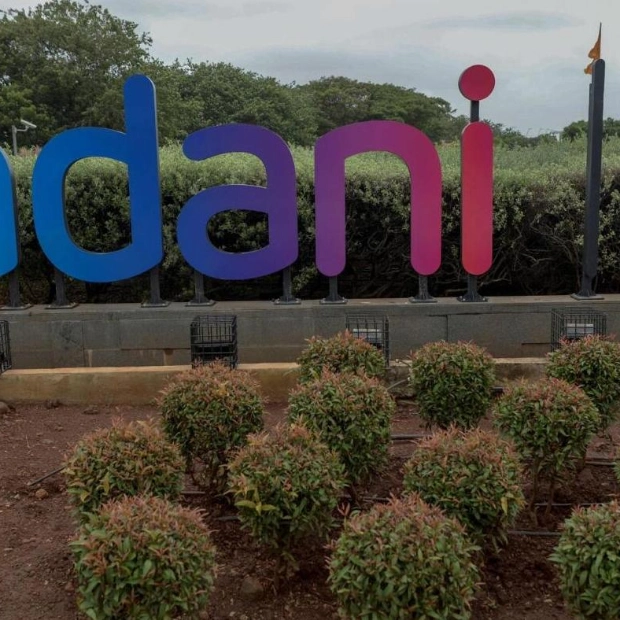RIYADH: Saudi Arabia's annual inflation rate hit 1.9 percent in October compared to the same month last year, primarily driven by higher housing costs, according to official data.
The General Authority for Statistics reported that actual housing rents saw an annual increase of 11.6 percent, with apartment rents rising by 11.3 percent. Overall, expenses for housing, water, electricity, gas, and other fuels increased by 9.6 percent compared to the same period in 2023.
Saudi Arabia's inflation rate remains one of the lowest in the Middle East, reflecting the nation's effective measures to stabilize the economy and counter global price pressures. A World Bank report last month highlighted Saudi Arabia's economic resilience, forecasting the Kingdom's inflation rate to remain steady at 2.1 percent in 2024 and 2.3 percent in 2025, lower than the Gulf Cooperation Council average.
"The increase in this section (housing) had a significant impact on the continuation of the annual inflation pace for the month of October 2024 due to the weight formed by this section, which amounted to 25.5 percent," stated GASTAT.
The report also noted that prices for personal goods and services rose by 2.3 percent in October, led by a 24.1 percent increase in the costs of jewelry, watches, and precious antiques. Restaurant and hotel expenses saw a 1.9 percent annual increase, while education costs rose by 1.1 percent. Food and beverage prices saw a slight increase of 0.1 percent in October, driven by a 2.6 percent rise in vegetable prices.
In contrast, prices for furnishings and home equipment fell by 3.1 percent year on year in October, while expenses for clothing and footwear declined by 2.7 percent. Transportation prices also dropped by 3.1 percent annually, influenced by a 4.2 percent decrease in vehicle purchase prices.
Compared to September, Saudi Arabia's Consumer Price Index experienced a modest 0.3 percent rise. "This monthly inflation index was influenced by a 0.8 percent rise in the section of housing, water, electricity, gas, and other fuels, which in turn, was affected by a 1 percent increase in actual housing rents and prices," added GASTAT.
Prices for personal goods and services rose 0.4 percent month on month in October, while transportation expenses increased by 0.3 percent. Food and beverage prices and health expenses, however, saw slight declines of 0.2 percent and 0.1 percent, respectively.
The World Bank projects GCC inflation to reach 2.2 percent in 2024 and 2.7 percent in 2025. Saudi Arabia's gross domestic product is forecast to grow by 1.6 percent this year and accelerate to 4.9 percent in 2025.
In a separate report, GASTAT revealed that Saudi Arabia's Wholesale Price Index increased by 2.4 percent in October year on year. "This increase is mainly attributed to a 5.4 percent increase in the prices of other transportable goods, affected by a 12 percent increase in the prices of refined petroleum products, as well as a 9.6 percent increase in furniture and other transportable goods," the authority stated.
Agricultural and fishing product prices saw an annual rise of 0.8 percent, as agricultural product costs increased by 2 percent. Metal products, machinery, and equipment also saw a 0.5 percent increase in October, led by a 3.5 percent rise in basic metals.
Conversely, prices for ores and minerals dropped by 2.7 percent due to a decline in costs for stones and sand. Food, beverages, tobacco, and textiles decreased by 0.1 percent, driven by a 4.6 percent decline in the prices of meat, fish, fruits, vegetables, oils, and fats.
Compared to September, the WPI declined by 0.2 percent, influenced by a 0.6 percent drop in prices of other transportable goods.
In an additional report, GASTAT noted shifts in the average prices of goods and services across Saudi Arabia in October. Prices of Abu Sorra Egyptian oranges increased by 7.29 percent compared to the previous month, while green bean prices rose by 6.98 percent. Turkish plums and imported honey also saw monthly increases of 5.38 percent and 4.58 percent, respectively.
In contrast, the price of imported barley fell by 6.16 percent, and the costs of hay and local melon dropped by 4.93 percent and 4.02 percent, respectively, in October.
Source link: https://www.arabnews.com






